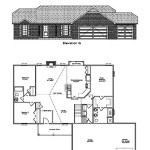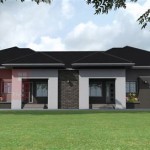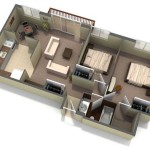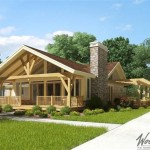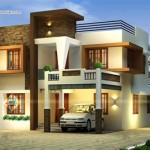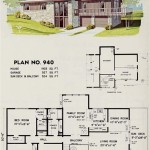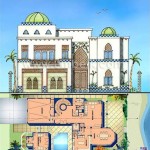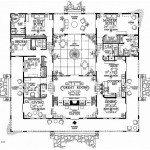Essential Aspects of Clubhouse Space Planning
Clubhouse design and planning are crucial in creating a welcoming and functional space that meets the needs of the members. Careful consideration of various aspects is essential to ensure a successful outcome. Here are some key elements to keep in mind when planning a clubhouse space:
Target Audience:
Understanding the target audience and their needs is paramount. Consider the age range, interests, and activities they are likely to engage in. This information will guide decisions on space allocation, amenities, and programming.
Space Allocation:
Allocate space effectively based on the anticipated usage. Determine the required areas for social gatherings, recreation, dining, and other specific activities. Plan for flexible spaces that can accommodate multiple functions. Adequate circulation and accessibility should be prioritized to enhance user comfort.
Layout and Flow:
The layout should encourage seamless movement and a logical flow of activities. Create inviting entryways and ensure easy access to different areas. Consider incorporating natural light, sightlines, and connections to outdoor spaces to enhance the overall ambiance.
Aesthetics and Ambiance:
Pay attention to the overall aesthetics and ambiance of the space. Choose materials, colors, and finishes that align with the desired atmosphere. Incorporate elements that reflect the club's identity and create a sense of belonging for members. Proper lighting can significantly enhance the space's mood and functionality.
Amenities and Facilities:
Determine the amenities and facilities that will enhance the member experience. Consider amenities such as a kitchen, dining area, recreation room, fitness center, or library. Ensure that these spaces are well-equipped and meet the needs of the members.
Technology Integration:
Incorporate technology to improve functionality and convenience. Consider providing Wi-Fi access, charging stations, and audio-visual equipment. Smart technology can enhance member engagement and streamline operations.
Sustainability and Maintenance:
Consider sustainable practices in the design and construction of the clubhouse. Choose materials and systems that minimize environmental impact and reduce operating costs. Plan for efficient maintenance and upkeep to ensure the long-term functionality and aesthetics of the space.
In conclusion, effective clubhouse space planning involves a comprehensive approach that considers the target audience, space allocation, layout flow, aesthetics, amenities, technology, and sustainability. By carefully planning and designing the space, clubhouses can create a welcoming, functional, and engaging environment that fosters a sense of community and belonging among their members.

Clubhouse Plans Google Search Club House Design Floor

Space Planning Considerations For Scrum Teams Tradeline Inc

Space Planning Considerations For Scrum Teams Tradeline Inc

Spirit Of Thai Architecture Clubhouse Gooseberry Design Sansiri Pcl Archdaily

Clubhouse 028 C Planning Ideas Herman Miller

Clubhouse Floor Plan Valencia Homeowner S Association

Small Clubhouse Plans Google Club House Design How To Plan

Clubhouse 022 Planning Ideas Herman Miller

Clubhouse Floor Plan Valencia Homeowner S Association

The House Of Courtyards Andblack Modo Designs Courtyard Plans Clubhouse Design

